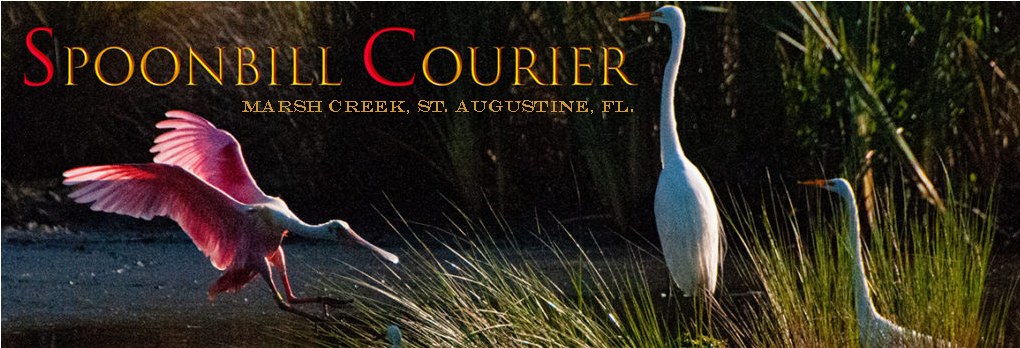
By Sharon Mirzai
Aren’t we lucky to live in a community so generously blessed with such an abundance of diverse wildlife? Especially notable are the variety of birds that keep us entertained and mesmerized. As I walk along the lakes several times a day, I see many of this flying eye candy; ducks, herons, egrets and ahingas to name a few. Some of these birds are even named by neighborhood children and their grandparents.
This story was going to be about fun facts like bird nesting habits, flight patterns and intelligence, but instead it is taking a more serious note.
Many of these beautiful birds get their beaks tangled and mouths closed shut in various ways. These are all caused by human carelessness.
Mohammed and I recently rescued one such poor bird. It’s beak was terribly tied up with some sort of sticky fabric. Jeanette Lindeman had tried to catch it and save it. Eventually she pointed it out to me. We tried several times to approach this distressed bird. We even called outside services with no luck. We finally, after trying for several days, were able to use a fishing net to catch him/her and with great care cut the fabric from his beak. Once free, I could have sworn he looked back and smiled!

This, unfortunately, is not the first water bird that this has happened to. Several years ago, for many weeks, I walked Mello, my yellow lab, past this bird with a pink something around its beak, it was so sad to see. I talked to the bird everyday until he got used to my voice. And I was able to finally approach the bird one day, catch it and remove the pink tie from its beak. It was a child’s ponytail tie.
A few years back, Lenny Klinck, used to bring his dog Inga to the park for her noon walk. As Lenny approached, an anhinga would immediately fly to the gazebo. Lenny would feed the turtles and the bird would dine heavily on the fish. This particular bird showed up one day with its beak all “tied up”. We all tried to capture the bird to save it. Lenny found an organization that came out and undid the mess the poor bird had gotten himself into.
So who to call for these situations? The person to call is Karen Lynch at Noah’s Ark, 904 679-1533. She has volunteers that come out and help all distressed/ injured birds. You may see her around the lake outside the north gate caring for the rehabbing birds. She told me it may take a week or two to capture the bird. The reason is that the bird must become too weak and reluctant to fly away. This makes catching them much easier.
So, please put this number in your address book and use it when you see a bird in crisis. And, most importantly, lets be good neighbors to our fine feathered friends by being aware of any debris that can entangle and otherwise harm them in any way.




You have such a kind heart for all creatures, great and small! You’re the greatest!
Thanks for this, Sharon
Thank you Sharon. A great reminder to be mindful of the creatures in our neighborhood.
I put the number in my address book immediately. We have recently moved to the neighborhood, and one of the things we love best is watching the birds on the pond behind our house. Thank you for sharing this important and informative post!
THANK YOU for the information, for I, too, love to sit out in my lanai taking in and admiring God’s loving creatures, grateful for their presence and beauty.
Wow! What a lovely story! The number is going into my phone right away! Thanks for sharing another example of Marsh Creek neighbors caring for each other and our community!